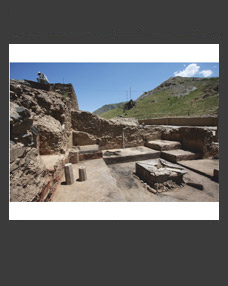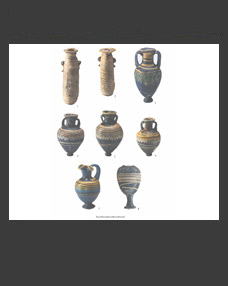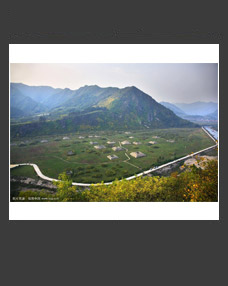Anastasia V. Potapova1,*, Viktor N. Pinskoy1,**, Evgeny I. Gak2,***,Natalya N. Kashirskaya1,****, Aleksandr V. Borisov1,*****
1Institute of Physicochemical and Biological Problems of Soil Science RAS, Pushchino, Russia
2The State Historical Museum, Moscow, Russia
*E-mail: anastassiia4272@gmail.com
**E-mail: Pinskoy@inbox.ru
***E-mail: e.i.gak@mail.ru
****E-mail: nkashirskaya81@gmail.com
*****E-mail: a.v.borisovv@gmail.com
Keywords: cultural layer, settlement, the Bronze Age, the Middle-Don Catacomb culture, phosphorus, magnetic susceptibility, pH, urease activity.
The article presents the results of the study on Ksizovo-1, a settlement of the Middle Don Catacomb culture (24th–23rd centuries BC) with a unique preservation of its cultural layer. The settlement is located in the forest-steppe zone on the high first terrace of the river Snova, the tributary of the Don River, in the vicinity of the village of Ksizovo in Lipetsk Region. The objective of the study was to evaluate the variation of the chemical and microbiological properties of the occupation layer throughout the excavation area. The soil sampling from each square meter of the cultural layer at four different depths was conducted during excavations. The researchers determined pH, magnetic susceptibility, and urease activity in the samples, and conducted separate analyses of organic and mineral forms of phosphates. The obtained results of the analyses were processed statistically. Comparison of the distribution of archaeological finds and chemical properties across the excavation area enabled the authors to conclude that during the site functioning, the soil pH values were lower than in the period following its abandonment. Besides, a decrease in biological activity and a sharp increase in the intake of phosphorus into the soil occurred during the site functioning. Phosphorus entered the soil in mineral forms, primarily, as ash and bones. In the period that followed the abandonment of the settlement, the content of organic phosphates increases due to the activation of biological processes on the site area. In layer 4, which is the underlying sediments, it was only in the fireplace spots that the investigation identified entry of phosphates, both biological and mineral, into the soil.
DOI: 10.31857/S086960630008254-8







